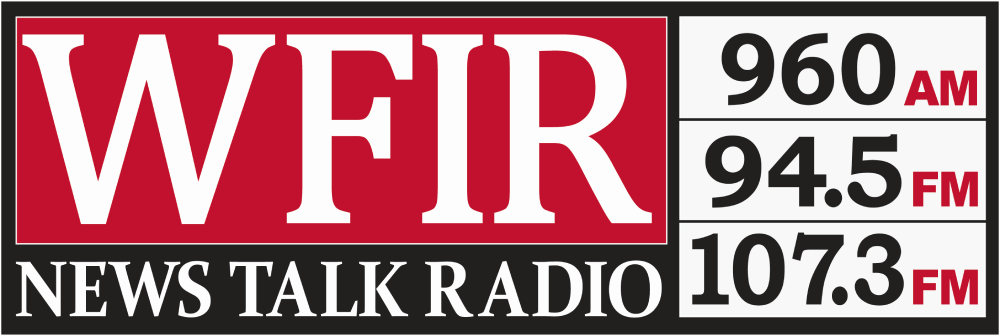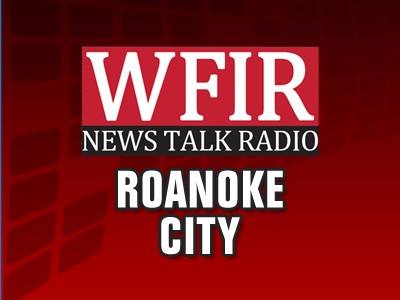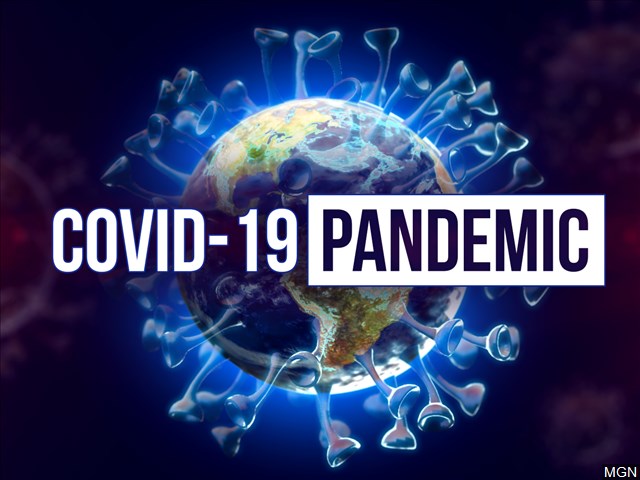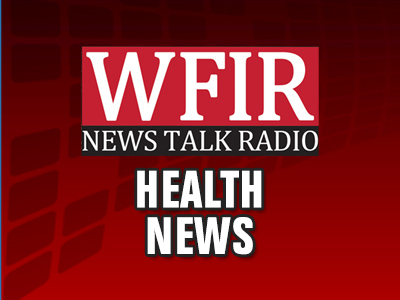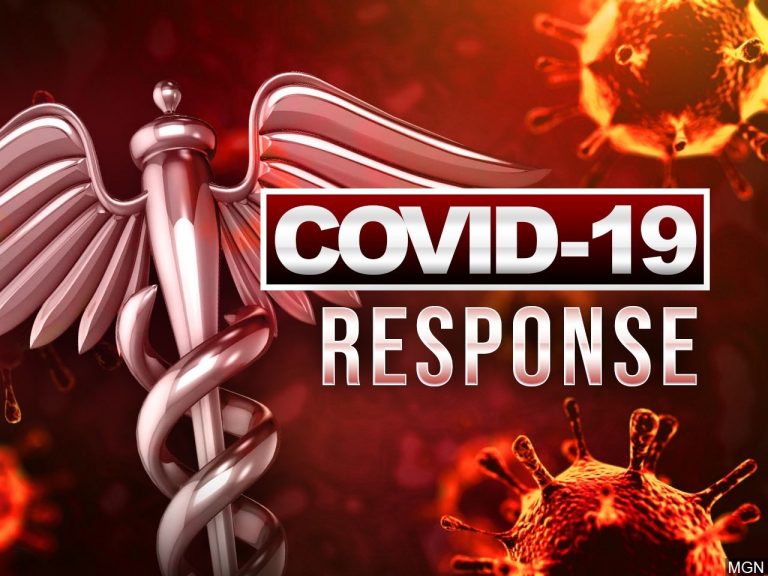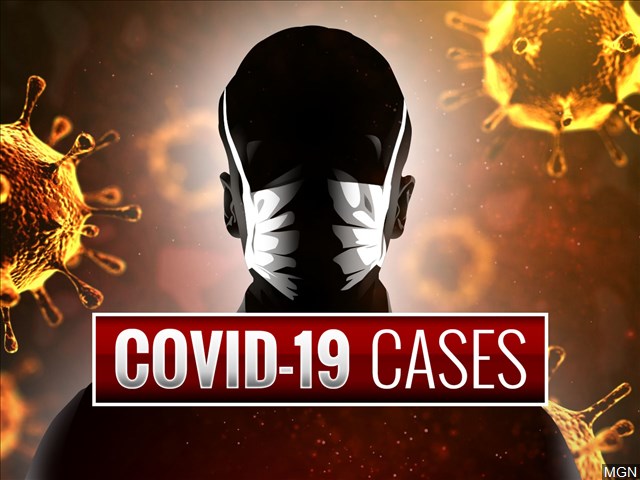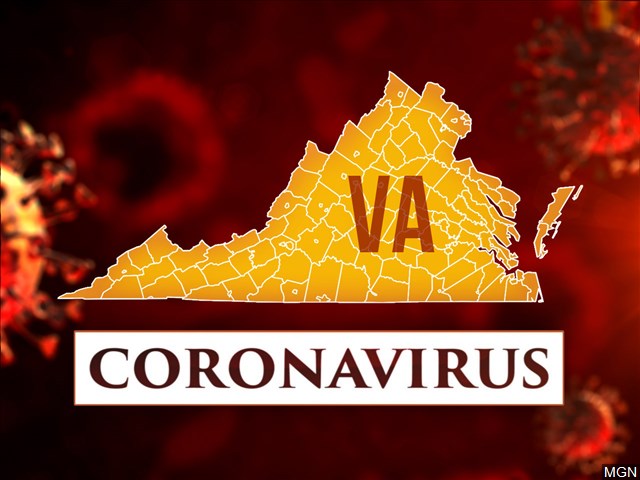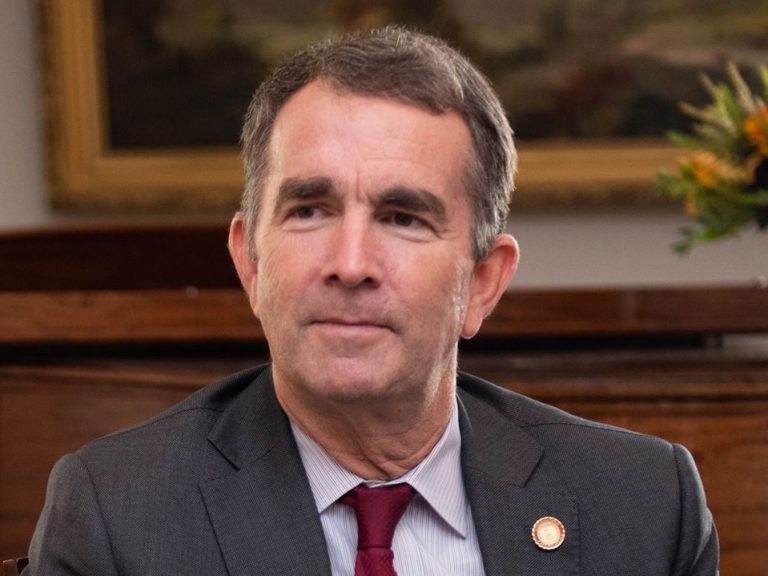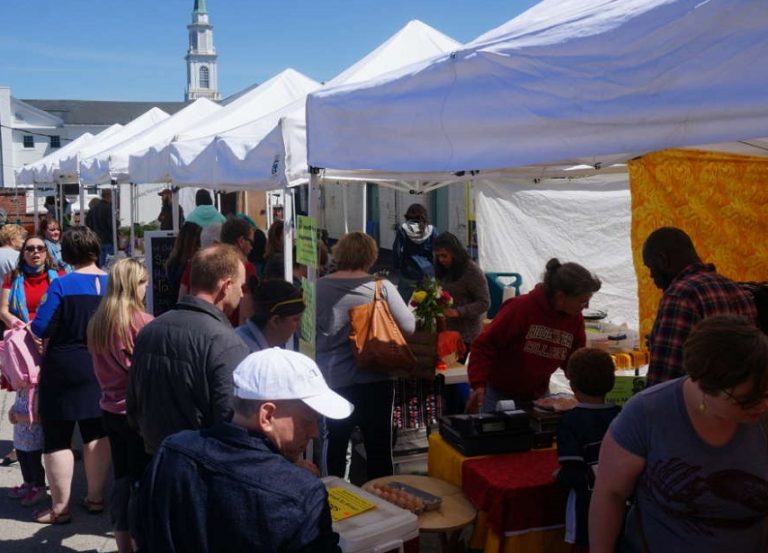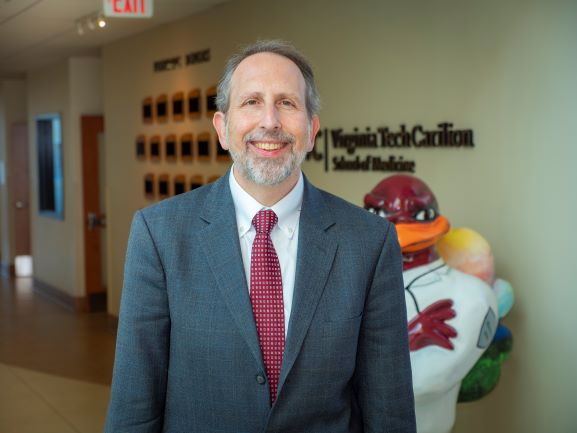NEWS RELEASE: Roanoke City Manager Bob Cowell has extended the closure of City of Roanoke municipal facilities...
Health and Medicine
Virginia health providers and dentists will begin resumption of standard treatments as of tomorrow. Governor Northam says...
A program centered at the Fralin Biomedical Research Institute in Roanoke wants to make sure people battling...
RICHMOND, Va. (AP) — Virginians will soon be able to have elective surgeries and dental checkups again,...
Carilion Clinic’s emergency department is seeing far fewer patients than it did before the COVID-19 pandemic took...
Local health officials released a new fact to go with the latest number of COVID-19 cases –...
The Virginia Department of Health is getting straight-to-the-point with the new “COVID-19 and You” web page –...
NEWS RELEASE: Radford University has announced that it will reopen for the Fall 2020 semester following the...
According to numbers released this morning by VDH, there are more than 800 new COVID-19 cases bringing...
FALLS CHURCH, Va. (AP) — Virginia Gov. Ralph Northam said Monday he is open to the idea...
According to numbers released this morning by VDH, there are more than 560 new cases of coronavirus...
RICHFIELD LIVING STATEMENT: Richfield Living, a local leader in senior living and rehabilitation, was notified yesterday evening...
HAMPTON, Va. (AP) — The halt on clinical training for students looking to be nurse aides in...
The Grandin Village Summer Farmers Market opens as scheduled tomorrow, but it will be different in some...
A change in the curriculum that the dean says was planned anyway this summer for the Virginia...
